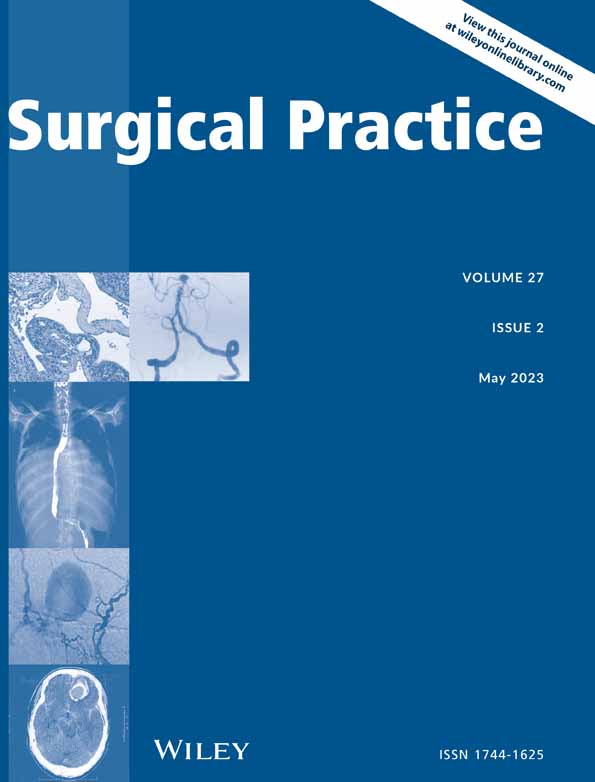An eleven-year retrospective case–control study of patients with pulmonary embolism after major surgeries
Abstract
Aim
To investigate the clinical presentation, the risk factors and clinical outcomes in post-operative pulmonary embolism in General Surgery patients.
Method
Data from the Surgical Outcomes Monitoring and Improvement Program on all major and ultra-major surgeries from the Department of Surgery of the New Territories West Cluster of Hospital Authority from July 2008 to June 2019 were reviewed. Clinical information and case notes during hospitalization of patients with pulmonary embolism were reviewed.
Demographics, past medical history, drug history, pre-operative condition, operative parameters and post-operative events of patients were analysed. Subgroup analyses for emergency and elective operations were performed. Significant risk factors were further analysed by using multivariate Cox regression to adjust for potential confounding factors.
Results
A total number of 20 572 patients were reviewed; 34 patients (0.17%) were diagnosed post-operative pulmonary embolism with CT pulmonary angiogram. The most common clinical presentation was dyspnoea or desaturation (61.8%), followed by tachycardia (50.0%). Deep vein thrombosis (DVT) was present in 17.6% of patients. 30-day overall mortality rate was 14.7%.
Disseminated malignancy (16.7% vs 2.4%; p = .034) and cancer operation (83.3% vs 41.2%; p = .005) were associated with more post-operative pulmonary embolism in subgroup analysis of elective operations.
Upon multivariate Cox regression analyses, increased age (odds ratio = 1.037; 95% confidence interval = 1.009–1.066; p = .010), post-operative renal events (odds ratio = 3.639; 95% confidence interval = 1.465–9.038; p = .005) and surgical complications required interventional radiology drainage within 30 days (odds ratio = 6.306; 95% confidence interval = 2.463–16.144; p < .001) were significantly associated with more post-operative pulmonary embolism.
Conclusion
The most common clinical presentation of post-operative pulmonary embolism was dyspnoea or desaturation (61.8%), followed by tachycardia (50.0%). DVT was present 17.6% of patients. 30-day overall mortality rate was 14.7%. Increased age, malignancy, post-operative infection and post-operative renal events were associated with more post-operative pulmonary embolism.
CONFLICT OF INTEREST
All authors declared that they have no conflict of interest.




